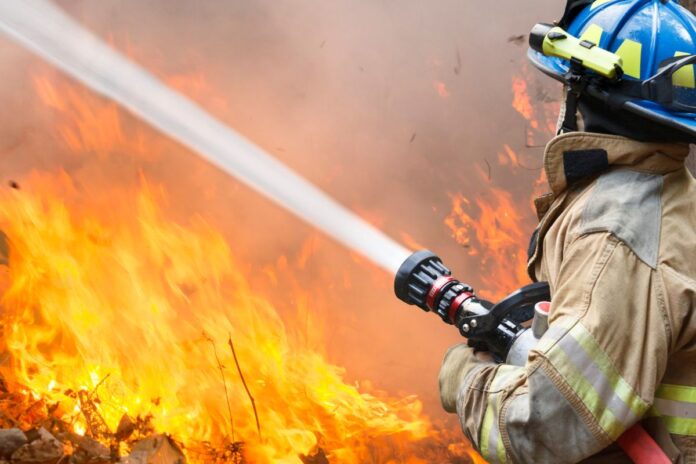Insurers in the state are blaming increasingly extreme weather and wildfires for the higher premiums.
Home insurance rates are headed skyward again in Colorado as state officials estimate that one in two people in the state live in zones that are considered high-risk wildfire zones.
Homeowners in the state have already watched their premiums rise by over 50 percent in three years.
To keep up with the wildfire risk, on top of the risk of other damaging weather events such as hail, on top of the rising cost of home repairs, insurers are once again increasing their rates in the state.
“It’s a cliche, but it’s the perfect storm — not only do we have escalating catastrophe risk from wildfire, but there’s also the market conditions, where we’re seeing skyrocketing inflation,” said Rocky Mountain Insurance Information Association executive director Carole Walker in a recent Colorado Matters report. “We still have COVID supply chain issues where there’s shortages, everything from drywall to lumber to labor. These are all things that are affecting what we pay for property insurance.”
Home insurance companies in Colorado have the third lowest profit margins in the United States.
“No one expects you to feel sorry for your insurance company; you know, you love to hate on your insurance company,” said Walker. “But in fact, insurance companies are losing money … over the last 10 years, they’ve lost an average of 12 percent on the property insurance market, some years much more than that.”
During the last legislative session, lawmakers passed the Fair Access to Insurance Requirements plan. This was an effort to help offer home insurance policies and coverage to property owners in the state who aren’t able to obtain a policy through the private market.
Home insurance customers are also encouraged to work on mitigation efforts, which are steps to reduce the risk of damage due to wildfire. It can mean taking steps such as moving woodpiles away from structures and clearing flammable debris such as pine needles from rooftops. Installation of less flammable roofing is another option recommended. In some areas, entire neighborhoods are working together to protect their communities.



































